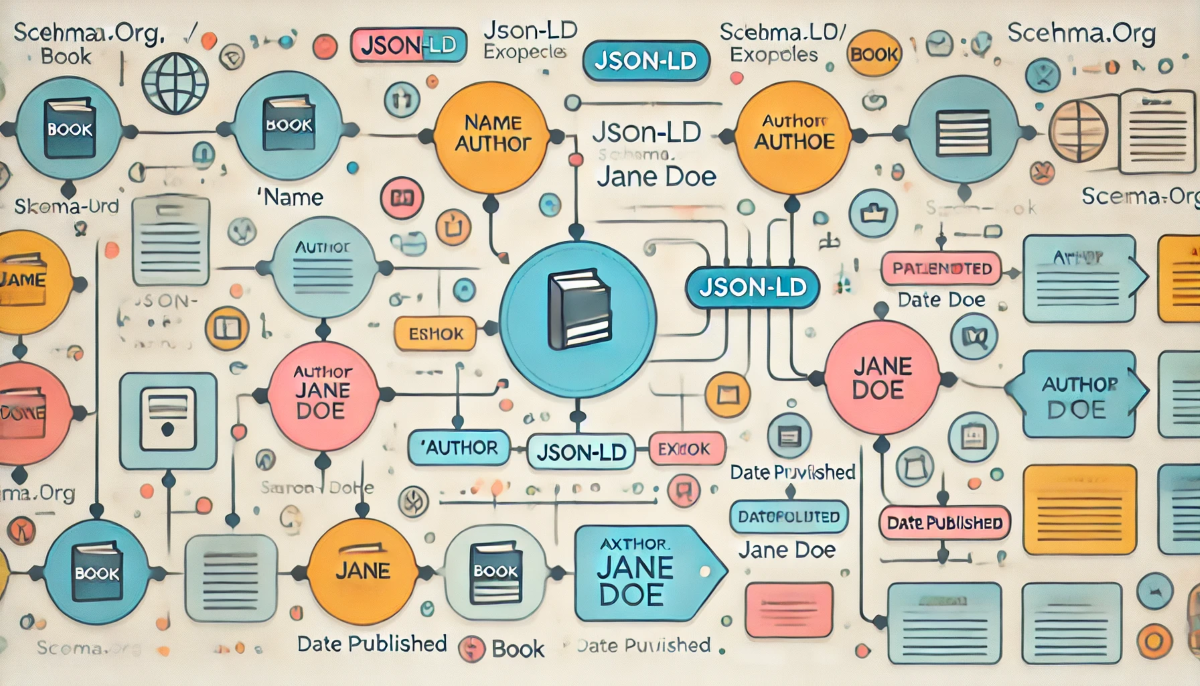
Mastering the Isolated Queen Pawn (IQP): An In-Depth Guide
The Isolated Queen Pawn (IQP) is a unique and common pawn structure that arises frequently in games. Examples include positions from the Nimzo-Indian, Alapin, and Panov variations, among others. Perspectives on IQP structures vary: some players favor White’s initiative, others prefer Black’s structural advantage, and some find it drawish once White achieves the d5 break. In truth, all these perspectives have merits and demerits, depending on the position and play. Let’s delve deeper into the dynamics of the IQP. This blog's analysis is drawn from the book Winning Pawn Structures by Alexander Boburin, along with my own insights.
Before exploring White and Black’s plans, it’s essential to understand the advantages and disadvantages of the IQP structure:
1. d4-d5 Pawn Break Topalov-Gausel 1994: Despite Black’s solid position, White creates an attack with 13.d5! and followed by precise play. https://lichess.org/study/Nq4bWBlK/DjPJJ6nk#0





















